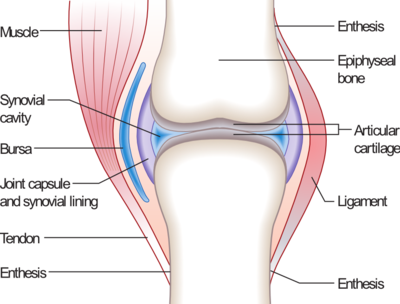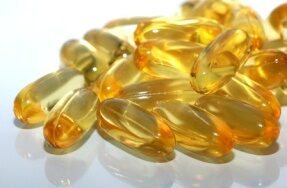
“How can an athlete best protect the joints while training?”
This is a great question – and one that comes up quite frequently.
Our joints are those areas where bones come together, which may be cushioned by cartilage, and supported by muscles, ligaments, and tendons (depending upon the type of joint). Regardless of the type of joint, there are lots of fleshy bits that need protecting when we engage in activities that require repetitive motion and/or that impose a forceful impact on the body.
Most people are concerned about running, in particular, and the effect it might have on hips and knees. But, any sport that requires repetitive motions, such as swimming or cycling, will also have repercussions for our joints.
This post offers a few tips to consider to keep your joints healthy and injury free. It is very important to note: those with pre-existing conditions that affect the joints, such as rheumatoid arthritis or cartilage loss, need to be especially conscious of how their daily exercise regimen may affect their joints. In these cases, a training plan should be created in consultation with their doctor, preferably one that specializes in sports medicine.
We break these tips in three key areas: 1) Training tips, 2) Equipment tips, and 3) nutrition tips.
Training Tips for Joint Health
- Gradual adaptation. One of the key, underlying principles of a good training plan is a slow and steady building of duration, volume and intensity. This gives the body time to adapt to training stress. Typically, we think of this adaptation as important for our muscles and our cardiovascular systems. But, it’s also necessary for the fleshy bits that hold our joints together. Tendons and ligaments are perhaps even more susceptible to sudden increases in training, and so we need to be cautious in how quickly we build volume and intensity in our training.
- Warm up and Stretch. Warming up your joints and preparing them for the day’s efforts is important to keeping them healthy. We strongly recommend using dynamic stretching as opposed to traditional static stretching. Dynamic stretching incorporates functional movement while elongating and contracting muscles. Ideally, you would do a short warm-up of about 5-10 minutes, then do 5-10 minutes of dynamic stretching prior to beginning the main set of your workout. After you are finished, you can cool down with another 5-10 minutes of dynamic stretching.
- Bio-mechanical efficiency. The barefoot running movement has helped to return popular focus on the importance of form to prevent injury and boost performance. But proper form isn’t just for running. Bio-mechanical efficiency is important in cycling and swimming as well. Furthermore, throughout the day, maintaining good posture is also healthy for our joints by keeping them in proper alignment and avoiding strain.
- Functional Strength Training. In addition to swimming, biking and running, athletes should work on developing their functional strength, through exercises that are sport-specific and that emphasize the core (abs, hips and glutes). A strong core is the key to a healthy athletic body for many reasons – and joint support is one of them.
- Recovery. If you have a particularly troublesome joint area, be proactive in your recovery and ice the area after especially hard or long workouts to help reduce any inflammation. While some may recommend taking


 Vitamin supplements. Glucosamine and Fish Oil (with EPA/DHA) have been found to help with joint stiffness and pain in various medical trials. (For e.g., see
Vitamin supplements. Glucosamine and Fish Oil (with EPA/DHA) have been found to help with joint stiffness and pain in various medical trials. (For e.g., see